Analysis of Competitive Environment using Porter's Five Forces
VerifiedAdded on 2023/01/17
|5
|615
|45
Report
AI Summary
This report applies Porter's Five Forces model to analyze the competitive environment within the retail industry. It examines the bargaining power of both buyers and suppliers, highlighting their impact on market dynamics. The report further explores the effects of substitute products and complementary goods on pricing and demand, providing insights into how changes in prices can influence consumer behavior and market strategies. The analysis includes an examination of the competitive landscape, emphasizing the importance of understanding these forces for strategic decision-making and market positioning within the retail sector. The report also provides a concise overview of the food retail and wholesale industry. The report concludes with a list of references supporting the analysis.
1 out of 5
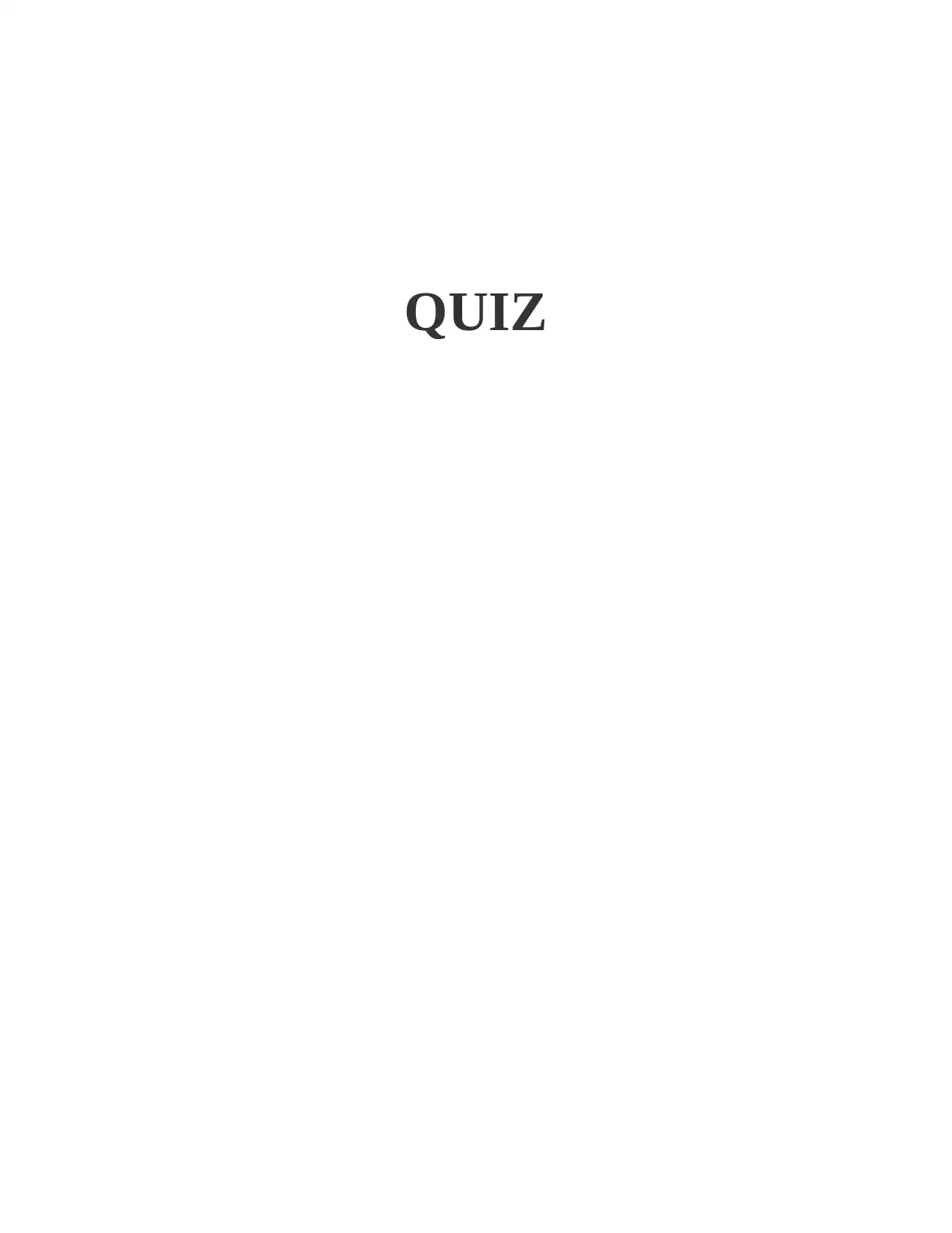
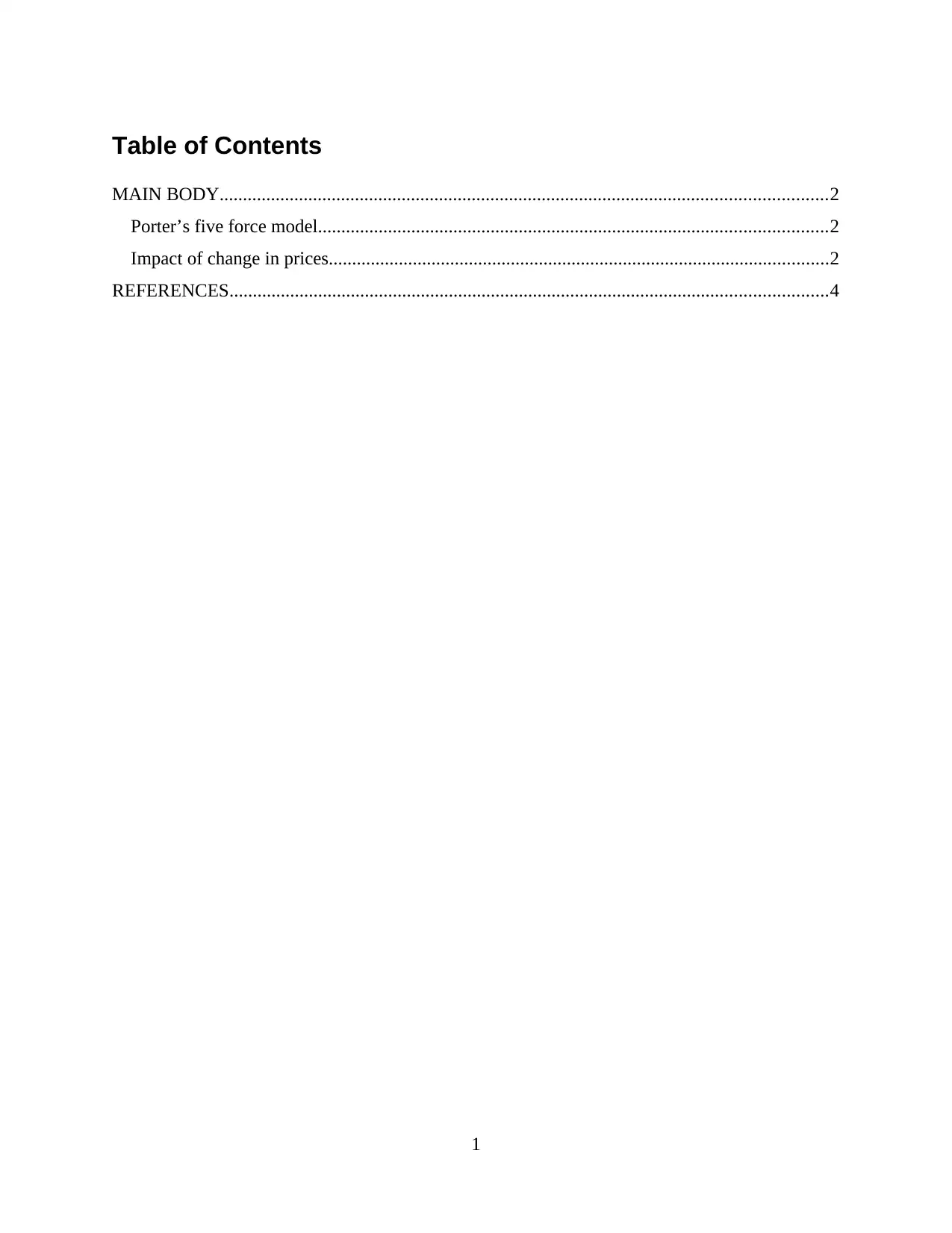
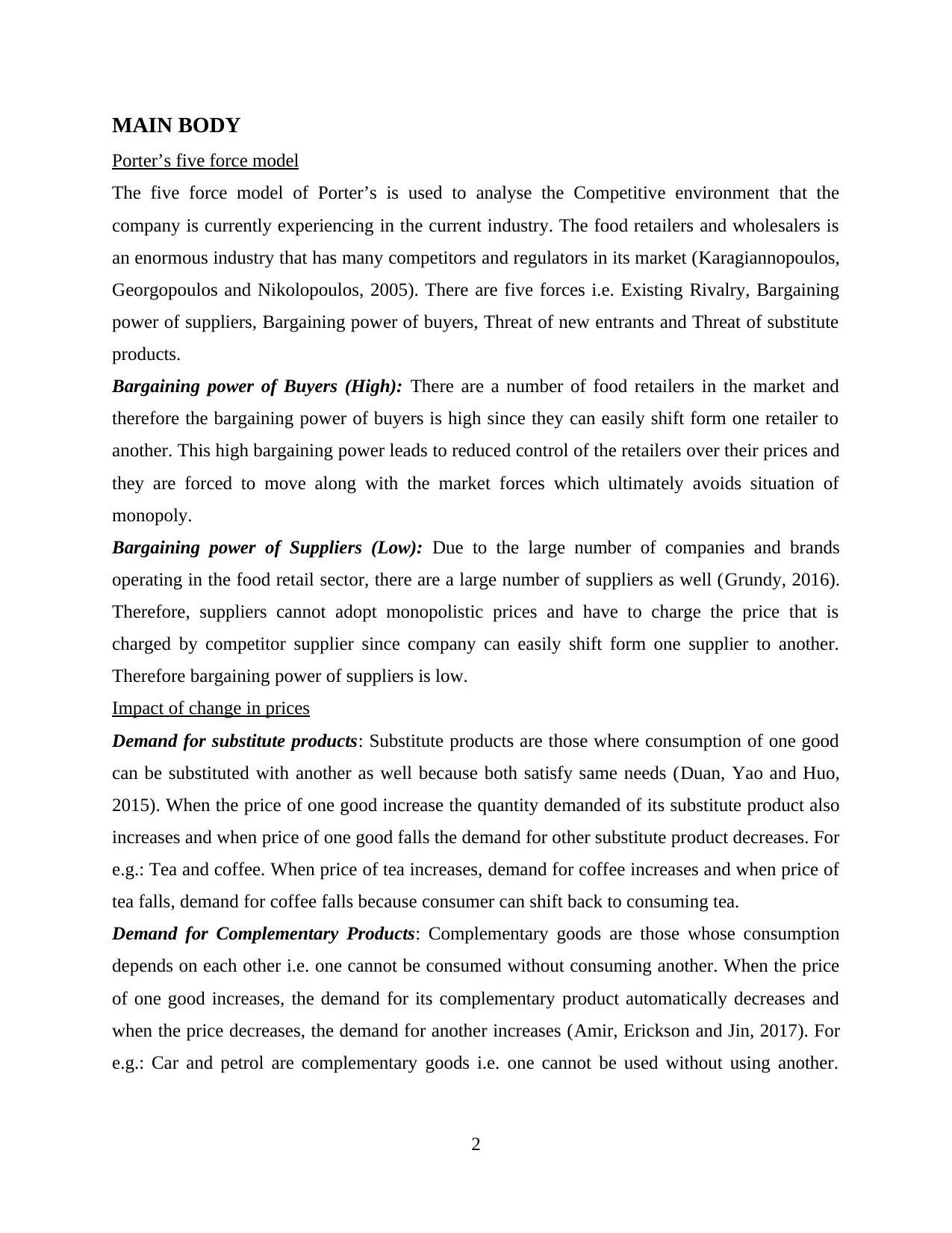

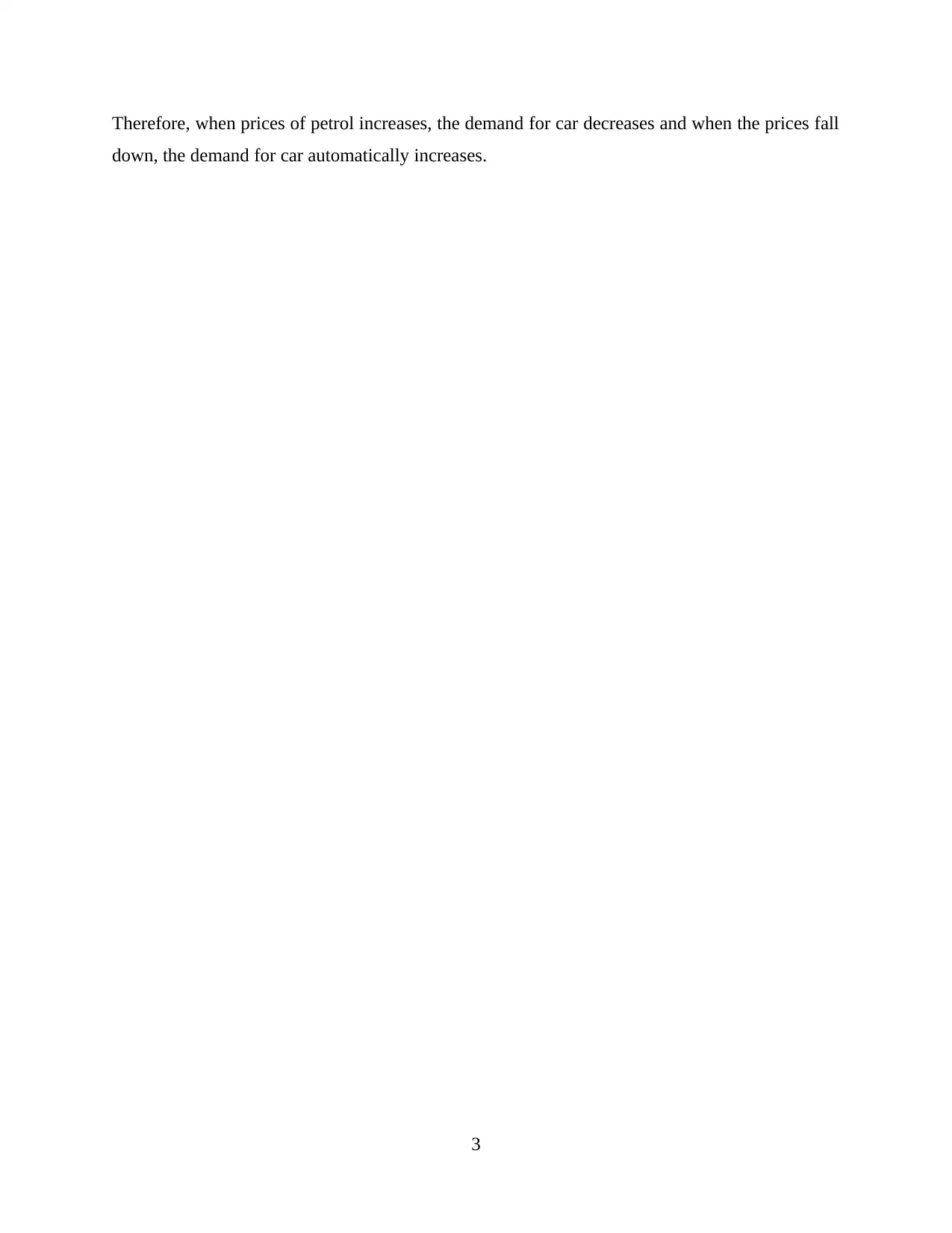
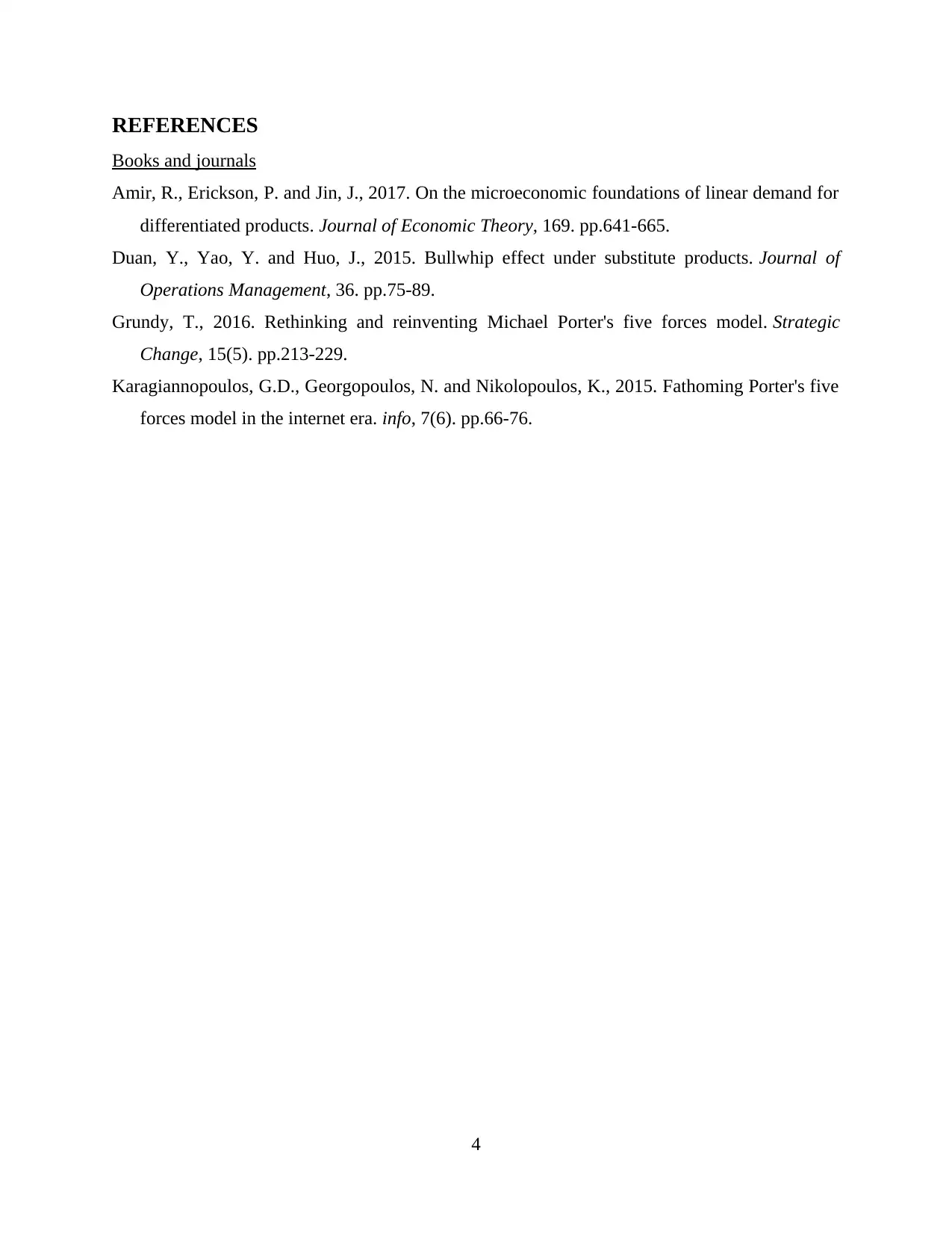






![[object Object]](/_next/static/media/star-bottom.7253800d.svg)